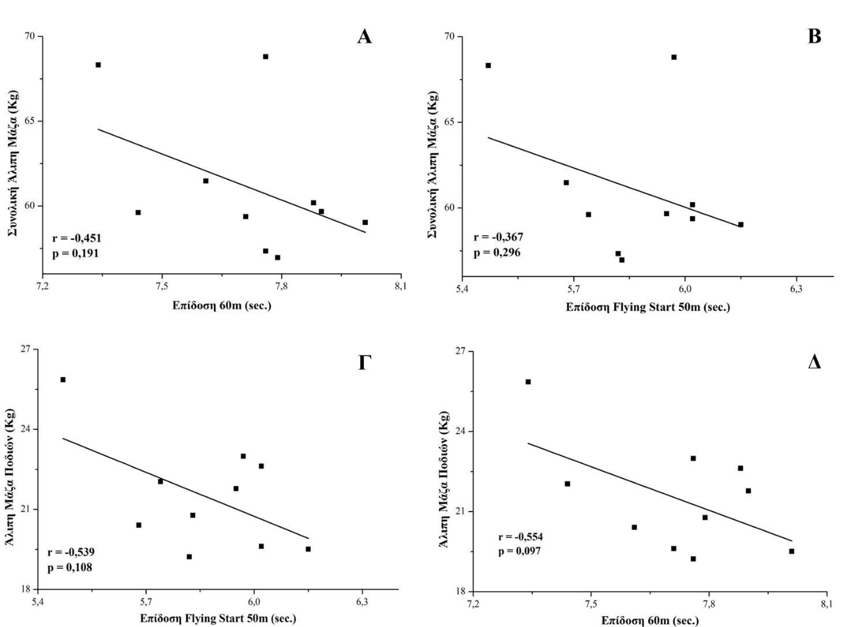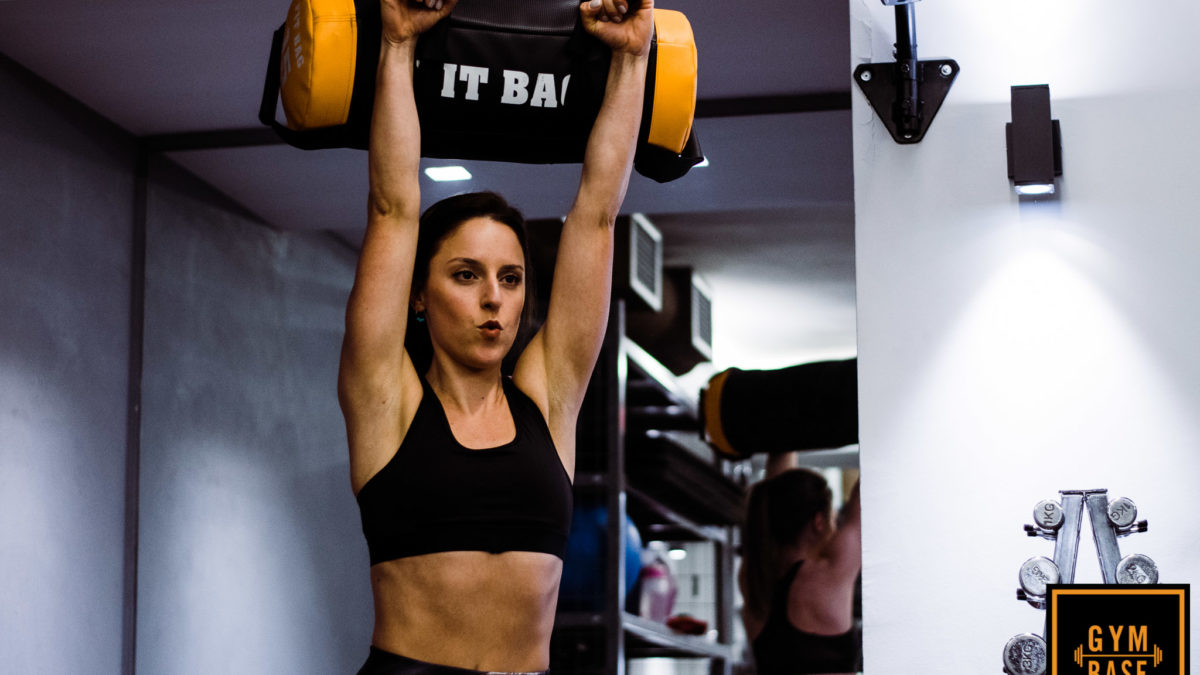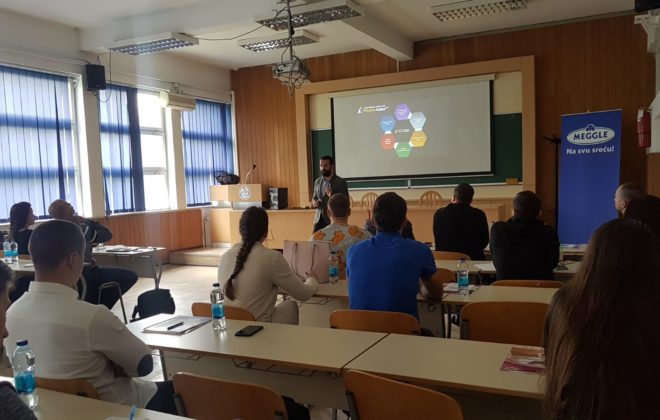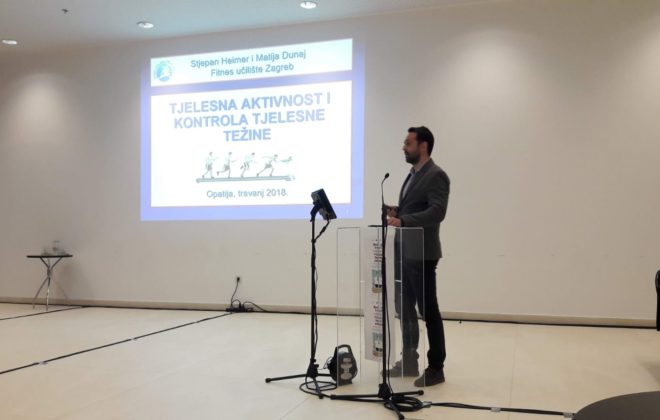The role of muscle mass in sports performance
The role of muscle mass varies according to the sport and the kinetic profile. In general, the lean mass has a significant impact on performance, especially at sports that include the throwing of an object such as handball, basketball and athletic throws, or jumps (horizontally but mainly vertical), such as volleyball and basketball.
Recent research by the Laboratory of Classical Sports and Neurosomy Physiology showed that the lean mass of the trunk and the lower limbs was related with the performance in sputtering, hammering and disc. This means that the greater the lean mass was (in total, the torso and the lower limbs) of these athletes, the higher their performance was.
However, this depends on the trainee’s kinetic profile. The greater their speed is at the time of throwing, the smaller effect on their performance the lean mass has. Contrary to the throwing events, runners’ performance is significantly limited by the size of their muscle mass. The athletes who have bigger lean / muscle mass achieved worse times at 60 m than those with less muscle mass (Methenitis and Associates, 2012).
This finding has led to the conclusion that there is a limit until which hypertrophy can help runners, but also all the athletes who perform sprints (footballers, basketball players, tennis players, etc.) because above this point are required to carry additional weight throughout their effort, which leads them to reduced athletic performance. For this reason, muscle hypertrophy should not be extensive for athletes but for the majority of ordinary trainees because this makes them non-functional.

Negative correlations between total lean mass and lean mass of the legs with speed performance (Methenitis et al., 2012).
Sources:
- Popadic Gacesa JZ, Barak OF, Grujic NG. Maximal anaerobic power test in athletes of different sport disciplines. J Strength Cond Res. 2009;23:751-755
2. Wolfe RR. The underappreciated role of muscle in health and disease. Am J Clin Nutr. 2006;84:475-482
3. Harris T. Muscle mass and strength: Relation to function in population studies. J Nutr. 1997;127:1004S-1006S
4. Kanehisa H, Ikegawa S, Fukunaga T. Comparison of muscle cross-sectional area and strength between untrained women and men. Eur J Appl Physiol Occup Physiol. 1994;68:148-154
5. Häkkinen K, Häkkinen A. Muscle cross-sectional area, force production and relaxation characteristics in women at different ages. European Journal of Applied Physiology and Occupational Physiology. 1991;62:410-414
6. Maughan RJ, Watson JS, Weir J. Muscle strength and cross-sectional area in man: A comparison of strength-trained and untrained subjects. Br J Sports Med. 1984;18:149-157
7. Forbes GB. Lean body mass-body fat interrelationships in humans. Nutr Rev. 1987;45:225-231
8. Wolfe RR, Martini WZ. Changes in intermediary metabolism in severe surgical illness. World J Surg. 2000;24:639-647
9. Zurlo F, Larson K, Bogardus C, Ravussin E. Skeletal muscle metabolism is a major determinant of resting energy expenditure. Journal of Clinical Investigation. 1990;86:1423
10. Wolfe RR. Skeletal muscle protein metabolism and resistance exercise. J Nutr. 2006;136:525S-528S
11. Weinsier RL, Schutz Y, Bracco D. Reexamination of the relationship of resting metabolic rate to fat-free mass and to the metabolically active components of fat-free mass in humans. Am J Clin Nutr. 1992;55:790-794
12. Miyatani M, Kawano H, Masani K, Gando Y, Yamamoto K, Tanimoto M, Oh T, Usui C, Sanada K, Higuchi M, Tabata I, Miyachi M. Required muscle mass for preventing lifestyle-related diseases in japanese women. BMC Public Health. 2008;8:291
13. Hakkinen K, Alen M, Kraemer WJ, Gorostiaga E, Izquierdo M, Rusko H, Mikkola J, Hakkinen A, Valkeinen H, Kaarakainen E, Romu S, Erola V, Ahtiainen J, Paavolainen L. Neuromuscular adaptations during concurrent strength and endurance training versus strength training. Eur J Appl Physiol. 2003;89:42-52
14. Hakkinen K, Keskinen KL. Muscle cross-sectional area and voluntary force production characteristics in elite strength- and endurance-trained athletes and sprinters. Eur J Appl Physiol Occup Physiol. 1989;59:215-220
15. Hakkinen K, Kraemer WJ, Newton RU, Alen M. Changes in electromyographic activity, muscle fibre and force production characteristics during heavy resistance/power strength training in middle-aged and older men and women. Acta Physiol Scand. 2001;171:51-62
16. Hakkinen K, Newton RU, Gordon SE, McCormick M, Volek JS, Nindl BC, Gotshalk LA, Campbell WW, Evans WJ, Hakkinen A, Humphries BJ, Kraemer WJ. Changes in muscle morphology, electromyographic activity, and force production characteristics during progressive strength training in young and older men. J Gerontol A Biol Sci Med Sci. 1998;53:B415-423
17. Hakkinen K, Pakarinen A, Alen M, Kauhanen H, Komi PV. Neuromuscular and hormonal adaptations in athletes to strength training in two years. J Appl Physiol. 1988;65:2406-2412
18. Hakkinen K, Pakarinen A, Kallinen M. Neuromuscular adaptations and serum hormones in women during short-term intensive strength training. Eur J Appl Physiol Occup Physiol. 1992;64:106-111
19. MacDougall J, Sale D, Elder G, Sutton J. Muscle ultrastructural characteristics of elite powerlifters and bodybuilders. European Journal of Applied Physiology and Occupational Physiology. 1982;48:117-126
20. Maughan RJ, Watson JS, Weir J. Relationships between muscle strength and muscle cross-sectional area in male sprinters and endurance runners. Eur J Appl Physiol Occup Physiol. 1983;50:309-318
21. Perez-Gomez J, Rodriguez GV, Ara I, Olmedillas H, Chavarren J, Gonzalez-Henriquez JJ, Dorado C, Calbet JA. Role of muscle mass on sprint performance: Gender differences? Eur J Appl Physiol. 2008;102:685-694
22. Zatsiorsky VM, Lanka GE, Shalmanov AA. Biomechanical analysis of shot putting technique. Exerc Sport Sci Rev. 1981;9:353-389
23. Methenitis S, Zaras Ν, Stasinaki Α, Spengos Κ, Manta P, Georgiadis G, Terzis G. Muscle mass, structure and fiber composition: Impacts in strength and power performance. European Journal of Applied Physiology.In Press
24. Methenitis S, Zaras Ν, Stasinaki Α, Spengos Κ, Papadopoulos C, Karampatsos G, Krekoukia M, Krase A, Kavouras S, Manta P, Georgiadis G, Terzis G. Muscle morphology and performance in sprinting, jumping and throwing. 17th Annual Congress of the European College of Sport Science. 2013
25. Ackland TR, Elliott B, Bloomfield J. Applied anatomy and biomechanics in sport. Human Kinetics Champaign, IL; 2009.
26. Enoka RM. Neuromechanics of human movement. Human Kinetics Publishers; 2008.
27. Bobbert MF, Huijing PA, van Ingen Schenau GJ. Drop jumping. I. The influence of jumping technique on the biomechanics of jumping. Med Sci Sports Exerc. 1987;19:332-338
28. Bobbert MF, van Ingen Schenau GJ. Coordination in vertical jumping. J Biomech. 1988;21:249-262
29. Bobbert MF, van Zandwijk JP. Dynamics of force and muscle stimulation in human vertical jumping. Med Sci Sports Exerc. 1999;31:303-310
30. Hubbard M, de Mestre NJ, Scott J. Dependence of release variables in the shot put. J Biomech. 2001;34:449-456
31. Pandy MG, Zajac FE, Sim E, Levine WS. An optimal control model for maximum-height human jumping. J Biomech. 1990;23:1185-1198
32. Seyfarth A, Friedrichs A, Wank V, Blickhan R. Dynamics of the long jump. J Biomech. 1999;32:1259-1267
33. Tyldesley B, Grieve J. Muscles, nerves and movement: In human occupation. Wiley-Blackwell; 2009.
34. Karampatsos G, Terzis G, Georgiadis G. Muscular strength, neuromuscular activation and performance in discus throwers. Journal of Physical Education and Sport 2011 11:369 – 375
35. Kyriazis TA, Terzis G, Boudolos K, Georgiadis G. Muscular power, neuromuscular activation, and performance in shot put athletes at preseason and at competition period. J Strength Cond Res. 2009;23:1773-1779
36. Kyriazis TA, Terzis G, Karampatsos G, Kavouras S, Georgiadis G. Body composition and performance in shot put athletes at preseason and at competition. International Journal of Sports Physiology & Performance. 2010;5:417-421
37. Terzis G, Georgiadis G, Vassiliadou E, Manta P. Relationship between shot put performance and triceps brachii fiber type composition and power production. European Journal of Applied Physiology. 2003;90:10-15
38. Terzis G, Karampatsos G, Georgiadis G. Neuromuscular control and performance in shot-put athletes. J Sports Med Phys Fitness. 2007;47:284-290
39. Terzis G, Spengos K, Kavouras S, Manta P, Georgiadis G. Muscle fibre type composition and body composition in hammer throwers. Journal of Sports Science and Medicine. 2010;9:104-109
40. Terzis G, Stratakos G, Manta P, Georgiadis G. Throwing performance after resistance training and detraining. J Strength Cond Res. 2008;22:1198-1204
41. Methenitis S, Zaras Ν, Stasinaki Α, Spengos Κ, Papadopoulos C, Karampatsos G, Krekoukia M, Krase A, Kavouras S, Manta P, Georgiadis G, Terzis G. Lower extremities’ muscle morphology and muscle power production. 20th International Congress of Physical Education and Sports. 2012





